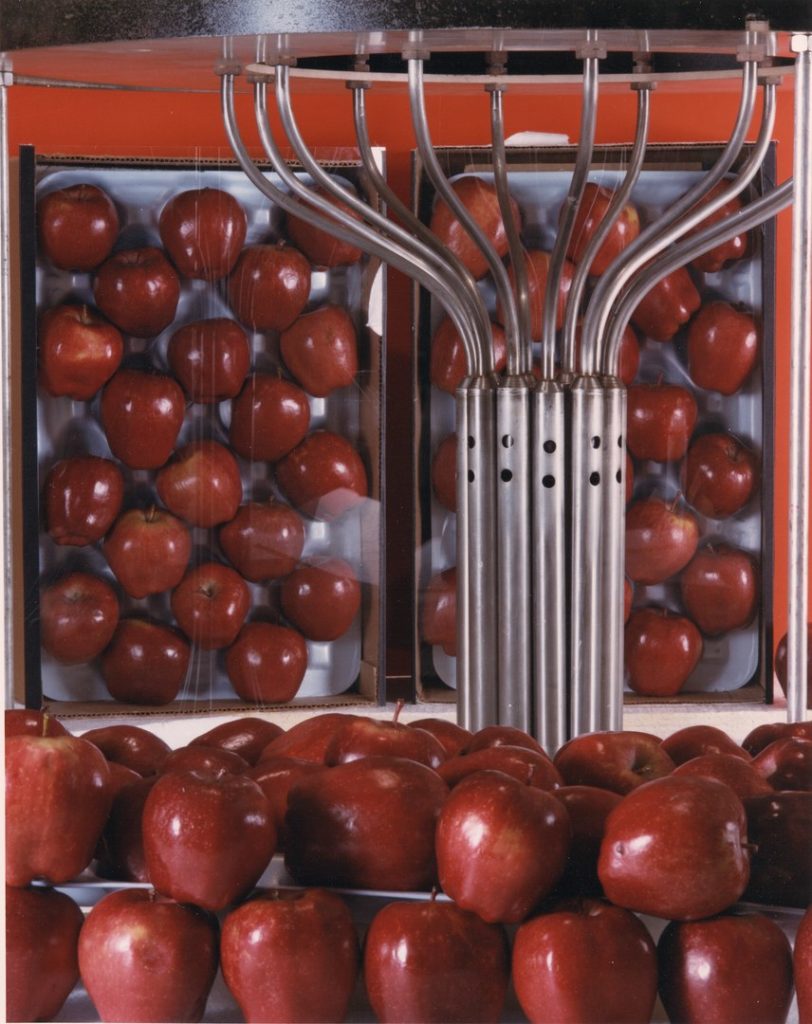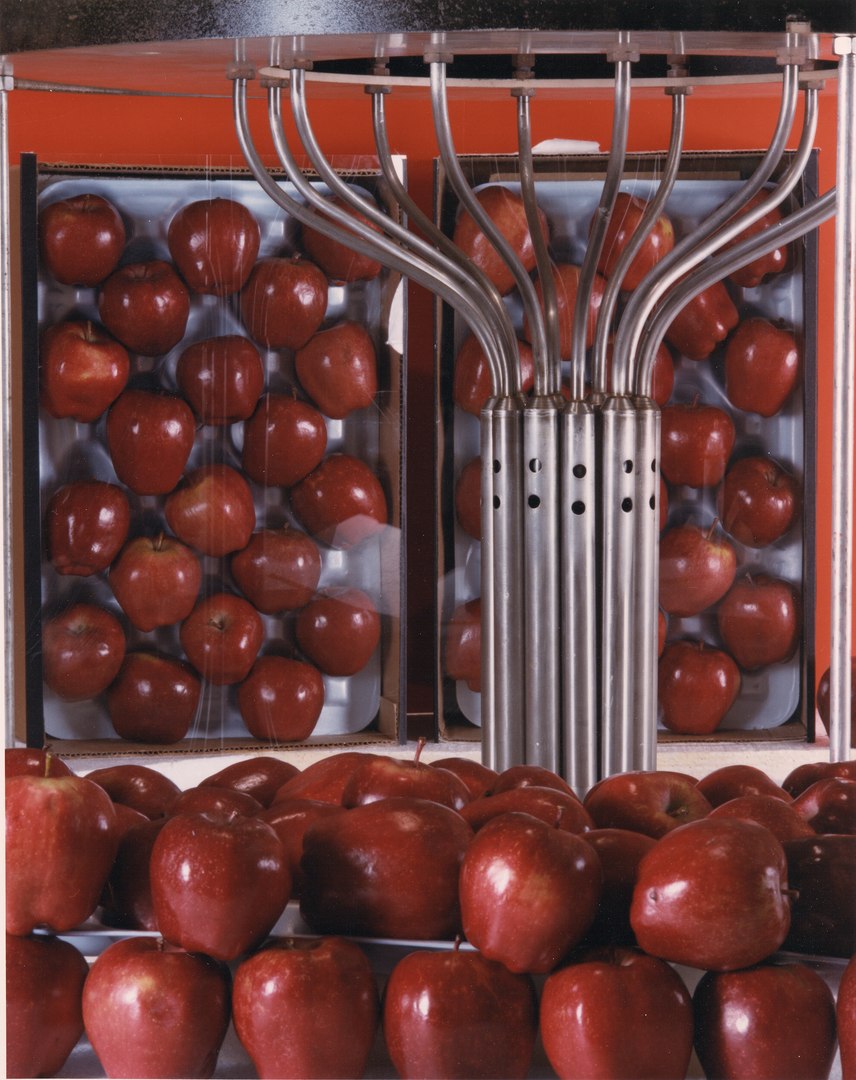
Is irradiated food safe? Irradiating food kills off all of the bacteria, gives the food a fresher taste than other preservation methods, and doesn’t make the food radioactive.
Ionizing radiation was discovered in 1895. Wilhelm Röntgen discovered that rays coming off a vacuum tube could penetrate a screen and react with a barium solution. He called them “X-Rays”. He meant to come up with a name for them later, but the term X-ray has stuck. In 1896, Henri Becquerel discovered that uranium salts gave off rays as well. He worked out that the rays were being emitted by the uranium itself. Marie Curie was Henri Becquerel’s doctoral student. She spent the majority of her life researching radioactivity. She came up with the word “radiation” and she was the first woman to win the Nobel Prize and also the first woman to win it twice. Her study into radiation cost her her life in 1934. Marie Curie warned against using radiation because its effects on the human body were not well known. Nikola Tesla used X-rays on his fingers and noted that it caused burns, but he put that down to ozone. Hermann Joseph Meller published a study that radiation caused genetic effects and increased risk of cancer in 1927. In the early 20th century, a lot of tonics with radioactive substances in them were marketed for their health benefits.
In the late 19th century, an American called Samuel Prescott was working at MIT. He was asked by a canning company to look into why some of their cans, clams and corn, would swell up over time and sometimes explode. Prescott discovered that some bacteria could withstand the temperatures food was heated at before it was canned. This led to a search for a way to kill even the hardiest bacteria.
Radiation was first used to kill bacteria in food in 1906. J Appleby and A. J. Banks applied for a patent in the UK to treat food with alpha, beta, or gamma rays from radium. Their idea was sound, but there were not enough sources of ionizing radiation available. In 1918, an American called D. C. Gillett received a patent for a machine that could preserve organic materials using X-rays. Then, in the 1930s, a French scientist called Wuest furthered research in food preservation using radiation. The problem with all of these ideas was that the sources of radiation were still very hard to come by.
Like many things, it took a war to bring research money into play. During World War 2, the US Army was looking for better ways to preserve food for the troops. They asked MIT to get involved and they tested irradiation on fruits, vegetables, dairy products, and meat. Radioactive material was easier to come by and their experiments proved that bacteria could be completely killed with radiation. By the early 1950s, they had declared it safe and the government started to irradiate food for its troops. The world’s first commercial irradiation plant was built in Germany in 1958. These days, 60 countries allow food to be irradiated and about 500,000 tons of food are processed every year.
So, how does food irradiation work? The food is packaged so that it cannot come into contact with the radioactive source. Gamma radiation is produced from cobalt-60 and the radiation passes through the food. Gamma is used because it penetrates very deeply. Alpha and beta radiation might not pass all the way through the food. The gamma radiation waves carry a large amount of energy. This energy passes into the cells of bacteria, mold, or even insects, that are in the food and it breaks up their chemical bonds. They are killed completely or are reduced to the point where they can no longer reproduce. Different levels of radiation are used for different purposes. Lower levels are used for bacteria and higher levels for insects. Because the radiation kills the bacteria without heating up the food, it doesn’t alter the taste in the way that pasteurization or other preservation methods do. It also leaves nutrients in place.

Is irradiated food safe? The answer is yes. Studies have been carried out on irradiated food for over fifty years and have shown no problems. Many people believe the food becomes radioactive, but it doesn’t. The radiation passes straight through the food and the food never touches the source of the radiation. The radiation doesn’t change the taste of the food or change the nutrients in it. Food irradiation can kill bacteria that regular pasteurization doesn’t kill. It can slow down the aging of food. Irradiated food, such as bananas, ripen more slowly and are edible for longer. Irradiated dry foods can be stored for much longer, and be shipped further. It works on fresh food and frozen food.
That being said, there are some disadvantages. Irradiating food is expensive. Buying the radiation source and setting up the plant can cost millions of dollars. Too many people are scared (needlessly) of irradiated food for the money to be recouped in large volumes of irradiated food, so the price of the food is higher. Some bacteria can develop resistance to certain radiation in the same way that they develop resistance to antibiotics. However, irradiating food is completely safe. And this is what I learned today.
Sources:
https://www.news-medical.net/health/Radiation-Poisoning-History.aspx
https://en.wikipedia.org/wiki/Marie_Curie
https://www.mirion.com/learning-center/radiation-safety-basics/the-history-of-radiation
https://en.wikipedia.org/wiki/Samuel_Cate_Prescott
https://en.wikipedia.org/wiki/Food_irradiation
https://www.nordion.com/wp-content/uploads/2014/10/GT_History-of-Food-Irradiation.pdf
https://www.ars.usda.gov/news-events/news/research-news/1997/backgrounder-food-irradiation/
https://ccr.ucdavis.edu/food-irradiation/history-food-irradiation

